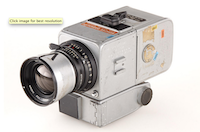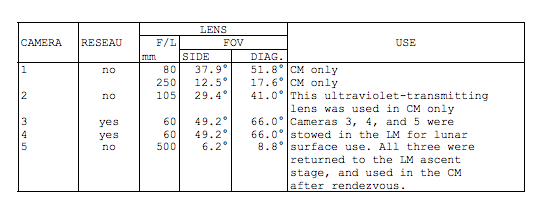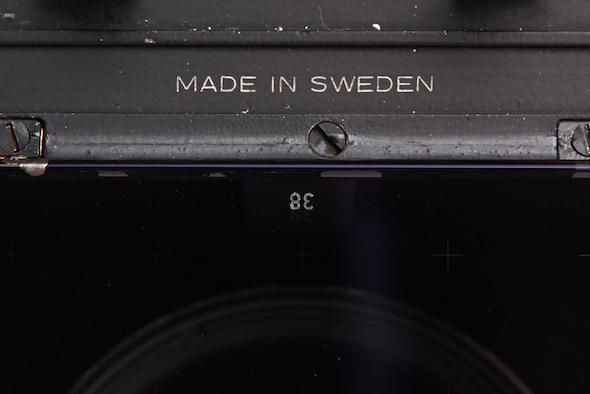The real McCoy? Hasselblad moon camera fetches $900,000 at auction amid doubts of authenticity
posted Monday, March 24, 2014 at 2:47 PM EST

Almost a million bucks: That’s an astronomically high price to pay for any camera, especially one that might not be all that it’s cracked up to be.
Last week, we reported on the impending auction of a Hasselblad 500EL camera that travelled to the moon and back on the Apollo 15 mission in 1971. Over the weekend, it ended up selling for about $910,000, to the owner of the Yodobashi Camera retail chain. A great prize for a true photography enthusiast, even though the same camera sold for 5 percent of that price in 2012.
But in the lead-up to the auction, space and photo enthusiasts pointed out a few inconsistencies in the story laid out by the auction house, WestLicht Gallery, calling into question the authenticity of the camera.
WestLicht originally claimed that their camera was the only camera to have returned from the surface of the moon—all 14 other bodies were left behind to reduce weight, they said. This turns out to not be the case. A Hasselblad camera from the Apollo 14 mission certainly made the return trip, and one from the Apollo 17 mission may have as well. And actually, according to NASA mission journals (see page 10 of the PDF), all three Hassy bodies that went to the lunar surface with the Apollo 15 mission returned to the command module for additional aerial footage, probably making the return trip.

Next, there was the question of how this camera entered the public domain. WestLicht said that it was sold by the estate of the late Apollo 15 astronaut Jim Irwin. But the camera was returned to NASA at the end of the mission, so it’s unclear how it would’ve ended up back in his possession rather than, say, a vault or a museum.
There’s some speculation that this camera never actually made it to the surface of the moon, but instead was only used in the command module orbiting the moon during the mission. Glass reseau plates were used in two of the Apollo 15 cameras to superimpose crosshairs, each with a number etched into it to more easily identify and catalogue the photos. The WestLicht camera has the number 38 etched into its plate, matching the marking on one of the Apollo 15 surface cameras. An anonymous collector was quoted in a story at CollectSpace noting that the placement of the 38 on the WestLicht camera is not identical to that of the placement on the NASA photos—though they do look strikingly similar.

So here’s what we do know: There’s some evidence from NASA’s own mission logs to suggest that at least five modified Hasselblad 500EL cameras were brought to the moon’s surface and not left behind there. Two of the three surface cameras on the Apollo 15 mission used 60mm lenses, as does the WestLicht camera. Also, the etching inside one of the Apollo 15 surface cameras matches the etching inside the WestLicht camera. The WestLicht camera also definitely has the modifications that Hasselblad made for the Apollo cameras.
Somebody certainly could’ve swapped the lenses, forged an etching, and sprinkled fake moon dust onto a camera—a camera that in all likelihood was at the very least on one of the Apollo missions, even if it never reached the lunar surface.
Check out the evidence, and let us know what you think. Is this moon camera the real thing? A total fake? Or something in between?
(Via CollectSpace)